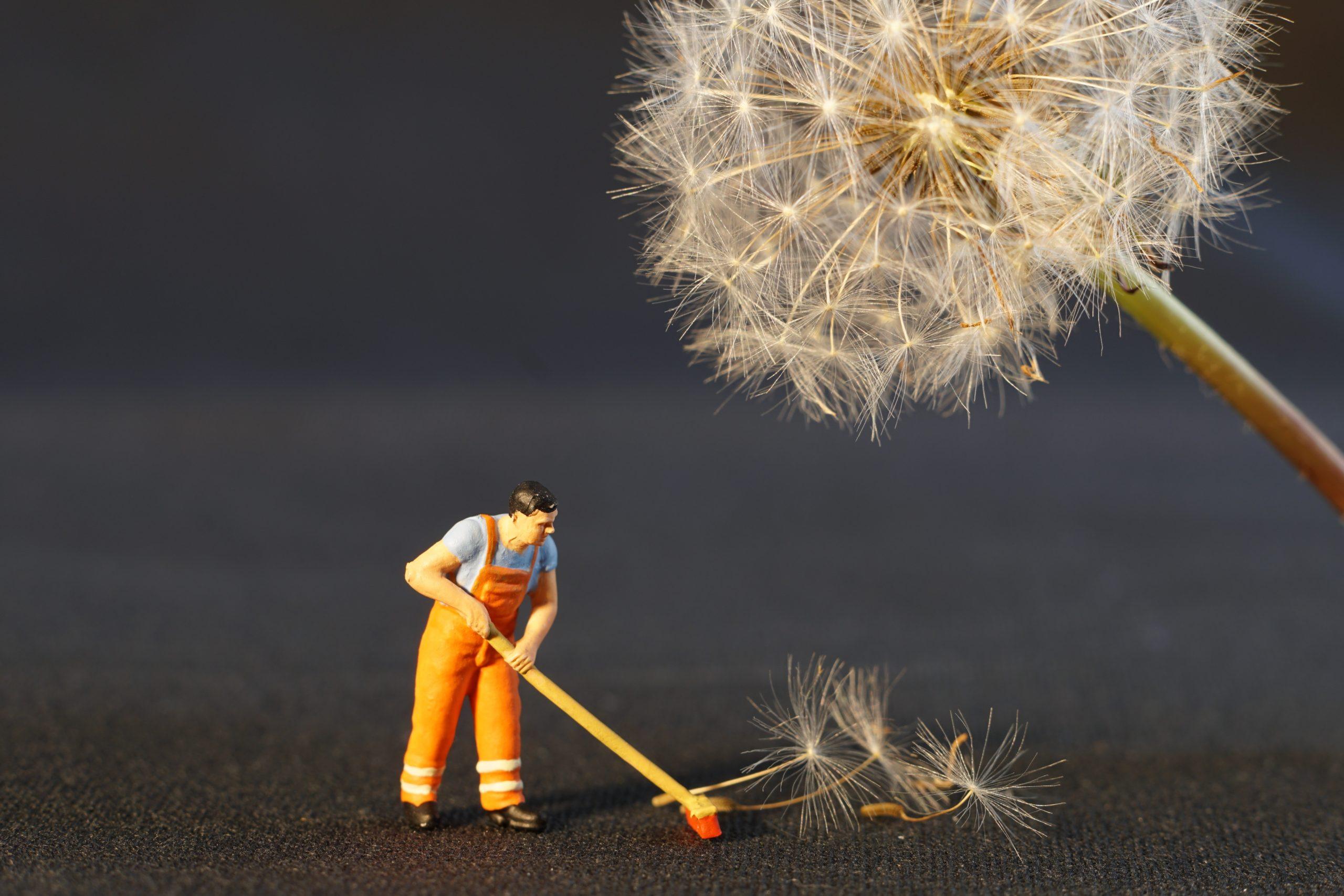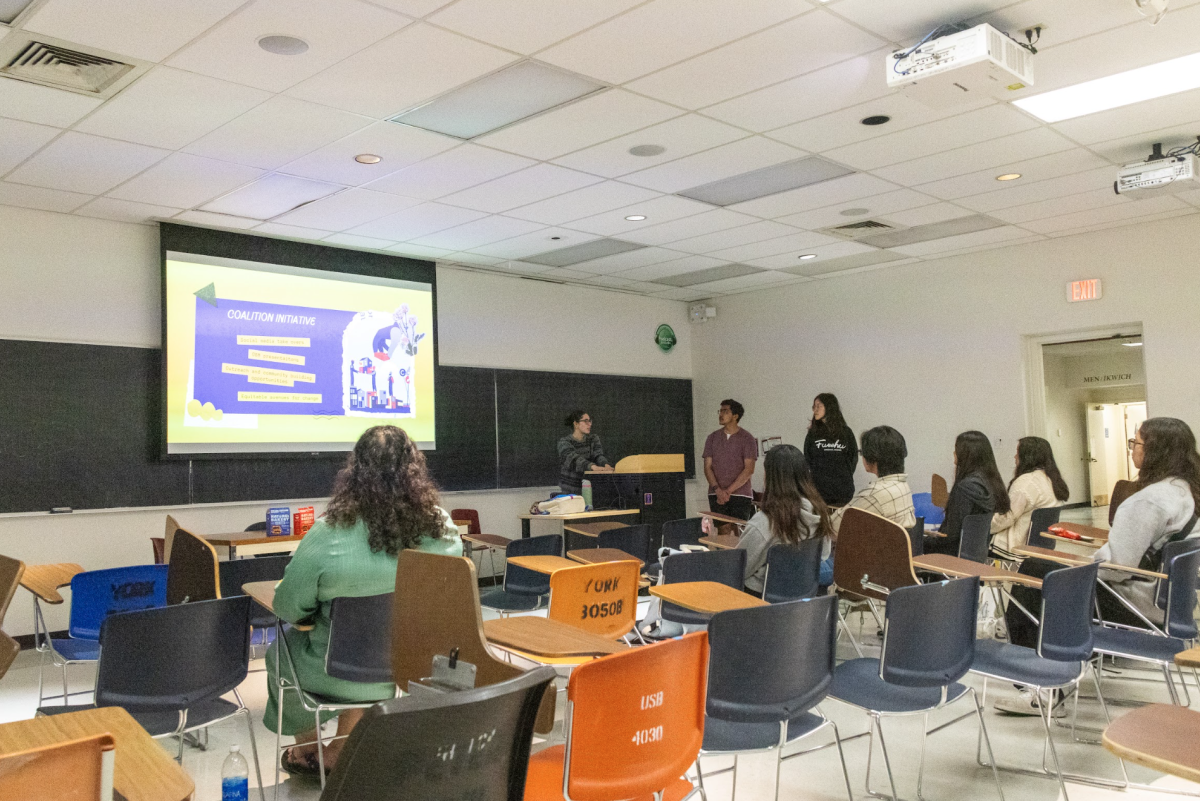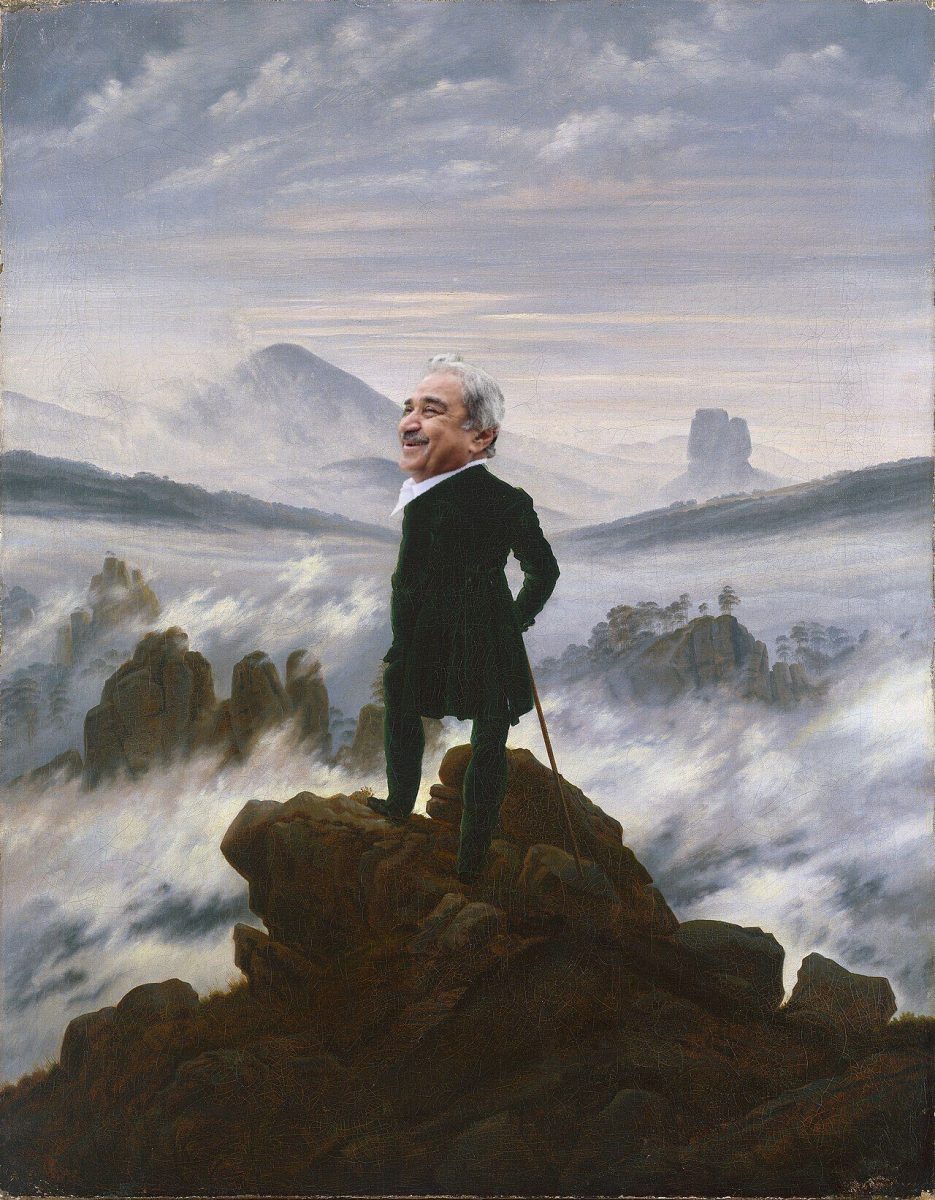The custodial staff work hard, but their efforts can be shrouded in invisibility. Miriam Ríos goes into the rundown of her job.
At 6:30 a.m, Miriam Ríos arrives at the UC San Diego campus and heads to her workplace, Price Center. Campus life is idyllic and traffic is just building up outside. She comes every day of the week except Saturday and Sunday to work as custodial staff.
Ríos finds the differing crowds of students from varying colleges trickling onto campus and greeting her to be heartening. Sometimes, she asks what their hopes after graduation are. One student told her he’d graduate in engineering and he talked her through his experiences that he underwent growing up with a single mother. Ríos always has a smile on her face throughout these conversations.
Ríos is a senior custodial staff member. After her contractor’s nudge that she works for a university and then a first interview for campus, she was hired at UCSD. She worked as a temp in May but became permanent in August of 2005.
In August of this year, she will have worked 17 years as custodial staff on UCSD grounds. She knows the campus well, aiding those who deliver food on campus in addition to visitors of the university. If she doesn’t know where a location is, it’s probably because it’s new.
It’s quite difficult to miss a bathroom on UCSD’s campus. There’s one in every eating establishment, including the eateries at Price Center. But unless they deviate from the status quo in cleanliness, there is nothing conspicuous about them.
The unsung heroes, however, in keeping areas tidy on campus are the custodial staff. And they don’t just tend to bathrooms as some might think. They have a wide range of duties, many of which are not seen because they’re done behind-the-scenes (a.k.a. when those who go to campus aren’t there yet).
Ríos’ department is small but familiar. In the morning, there are three custodians, two of whom are responsible for Price Center functions, while the third co-worker stays in the Student Center in Revelle. In the first three hours, the custodial staff work in staff offices on the third floor because none of those staff is there to work yet. At 10:30 a.m. or so, Ríos and her co-worker move to cleaning the public areas on the first to third floor such as lounges and bathrooms. Price Center is clean because they are responsible for checking it three times per shift.
Over the summer, Ríos has a little more work as many are taking vacations. She has to detail and dust the offices in Price Center more often.
The work as a custodial staff member is more stable as permanent staff. Like lecturers, temps get rolled out. Some get hired at Hillcrest or Seventh College, but it’s admittedly more expensive for the school to maintain permanent staff.
The AFSCME Union 3299 represents the custodial workers of UCSD among other public sector employees. Due to the union that came into place recently, the custodial staff obtain a contract every three years with the subsequent one offering an incremental increase in pay of 2%. As a union, individuals have to apply directly through the university after having worked three months to get a new contract of 1000 hours. If they are not offered a new contract to get hired, they are effectively laid off.
The SX contract for custodial staff members includes rights from refusing unsafe work assignments to protecting the right to free speech.
People also retired so Ríos needed to do more work, particularly in March when there weren’t as many custodial staff. For instance, she worked overtime for weekends. Ríos said that she wishes there were more accommodations in that regard.
Ríos thinks of her family often.
She has a 23-year-old daughter who’s also a student. Ríos is fine with the slow, but steady mentality — as long as one tries their best. She encourages her daughter to continue her education, no matter how “slow” it goes. When Ríos sees the finals taking place on campus, along with energy drinks and students, she thinks of her own daughter.
“I see [my daughter] in the students. I want her to eat well, to be healthy,” she told the UCSD Guardian.
Previously, she worked at a different company as a temp for four months and received minimum wage.
“I feel blessed…I come from a low-income family [but I] receive insurance and benefits at UCSD,” she said.
Perhaps her optimistic way of thinking is what leads students to deem her friendly and amiable. She is quick to light up and never expresses cynicism. If students pass by her without a greeting, she assumes that they’re too busy or stressed. However, Ríos said that she’s never come across a disrespectful student — they always thank her for her and her co-workers’ efforts.
While Ríos rarely recognizes professors, she is familiar with students’ faces. Sometimes, she felt as though individuals felt discomfort in the elevator with custodial staff — even as she handled empty carts. In these instances, she made jokes with her co-workers and moved on. One time, while she was drawing blood to donate to the Red Cross, she struck up a conversation with a man who expressed evident hesitance that she could enjoy her occupation. Ultimately, Ríos says she believes that students deserve the best and brushes off the occasional crass comment.
There can be a quiet disconnection between students and the custodial staff; however, interactions can also be cordial and sometimes confined to a “How are you?,” followed perhaps by a “Good.” After all, there are no office hours with the staff. They do their job — something some students feel they’d get in the way of if they were to stay and chat — and then leave. And again, many custodial tasks require the presence of staff when there aren’t many people around.
According to a paper by Nancy Madrid from 2012, the author notes the high percentage of Latina immigrants in the custodial sector and states that many students have become concerned with poor custodial working conditions. Madrid delved into the fear element some staff had with interviews she carried: the desire to get back to work on time and not be too open about their working experiences as well as the understanding of long commutes from cities such as Tijuana.
There has been momentum in support of the custodial staff. The UCSD Student Worker Collective, an organization of students passionate to support low-wage workers, also supports custodial staff in any way that they can from petitions to protests. They’re there even when their size started off as very small and they have supported unions.
When she first started working, Ríos knew the basics already. She walked the UCSD Guardian through a few of her humorous pet peeves: students walking in closed-off bathrooms and getting the recycling mixed up with trash (any contaminated bottles are thrown away). Now, she’s increasingly familiar with her rights through the SX contract that expires in late 2024.
But as Madrid states in their thesis, those in cleaning occupations have to adapt quickly, become flexible in their personal schedules, and endure environments where profit is oftentimes most important. For instance, the graveyard shift, or the shift from 10 p.m. to 6:30 a.m., might be the hardest shift. Some start at 4:30 a.m. in the morning. These times might collide with one’s sleeping schedule, but someone is there on campus to do it. Ríos does not complain.
During the start of the pandemic, near the end of Winter Quarter 2020, buildings were emptying. Ríos and her co-workers were still receiving pay for the days they were away. However, they were on call. They came back after two weeks for a couple of days a week, for safety reasons.
The tables and chairs were gone and the agenda was to disinfect every office building. Thus, the 13 employees in Price Center went to work, keeping their distance and caring for each other. When someone got COVID, they would inform everyone.
Despite custodial duties being very hands-on, training occurred during COVID so that they could get paid. Ríos deemed the training rewarding because of how unique it was — they also received certifications. The online training was akin to a manual in that it taught Ríos and others how to work certain operating machines for the floor or carpets. If not, it was still a refresher. Ríos holds onto how she can learn something new every day.
Ultimately, she wishes to do her job well and think of the students. In the future, she looks at being a supervisor.
Ríos ends work at 3 p.m., as more students are arriving on campus. When she thinks about retiring, she has hope because of the income stability she feels that she has now. Perhaps this is not everyone’s story. But it’s one that should continue.
Students and staff members that fought for social justice and received such in the form of unions and better pay are custodial staff’s advocates. But the unsung heroes are always the custodial staff — quietly sweeping away or finely detailing something a passing person might not notice at first glance.
Image Courtesy by Pixabay

















Stickman Boost • Sep 13, 2022 at 11:32 pm
I like your content and the picture is so beautiful.
jasmin loutra loura • Aug 31, 2022 at 12:55 am
The custodial staff work hard, but their efforts can be shrouded in invisibility. Miriam Ríos goes into the rundown
jasmin loutra loura • Aug 31, 2022 at 12:53 am
The custodial staff work hard, but their efforts can be shrouded in invisibility. Miriam Ríos goes into the rundown of her job.
Nicole Mills • Aug 30, 2022 at 2:44 am
I also like the work the guards do. But I wonder if we are giving them the supplies they need to stay safe. I don’t see many skins, and they often work close to each other. As we have seen recently, these workers are the sickest, and we must try to prevent this as much as possible.
jennifer • Aug 26, 2022 at 5:57 am
this is cool thing
Fluix • Aug 22, 2022 at 1:07 pm
Custodial staff have a lot of work, many responsibilities, but their main task is to ensure safety. It is worth automating some tasks for employees, such as providing security сontrol management , to make their work more efficient and easier
geometry dash • Aug 4, 2022 at 12:29 am
But aside from maintaining the standard level of cleanliness, they are undetectable.
vinyl • Jul 29, 2022 at 7:40 am
But unless they deviate from the status quo in cleanliness, there is nothing conspicuous about them.
phongleusa • Jul 24, 2022 at 5:55 am
The work as a custodial staff member is more stable as permanent staff. Like lecturers, temps get rolled out. Some get hired at Hillcrest or Seventh College, but it’s admittedly more expensive for the school to maintain permanent staff.
Speaker • Jul 22, 2022 at 4:53 am
they were on call. They came back after two weeks for a couple of days a week, for safety reasons.
poppy playtime • Jul 22, 2022 at 12:17 am
The custodial staff work hard, but their efforts can be shrouded in invisibility. Miriam Ríos goes into the rundown of her job.